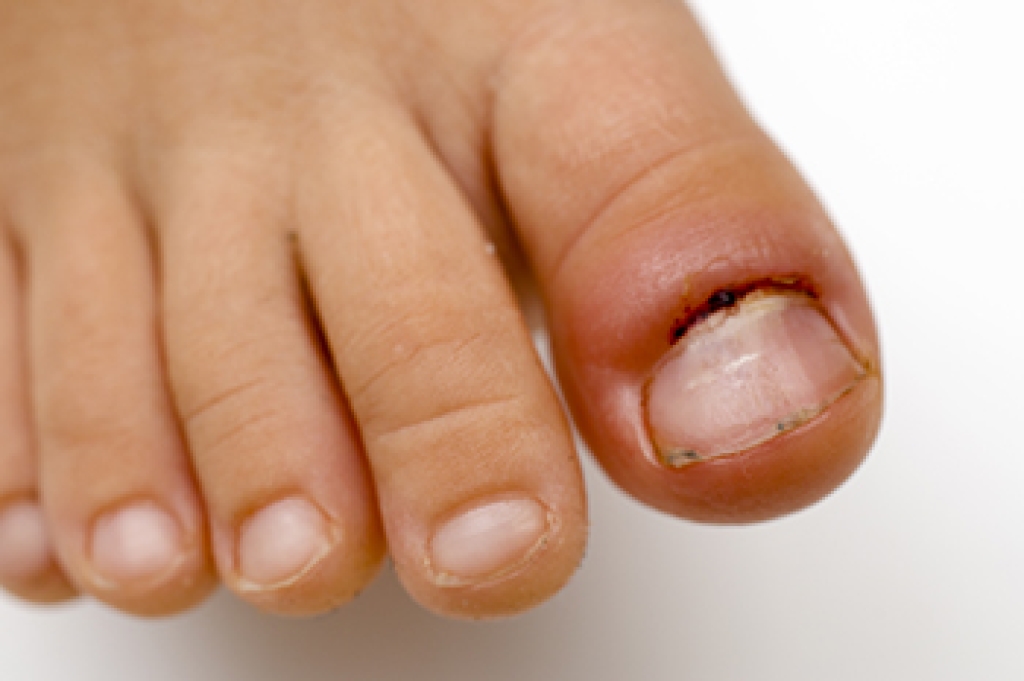
Ingrown toenail removal surgery is a simple procedure performed when the edge of a toenail grows into the surrounding skin and causes pain, swelling, or infection. It is needed when home care no longer helps, or when the condition keeps returning. During the procedure the podiatrist removes the offending nail edge and may treat the nail root to prevent it from growing back into the skin. Recovery is usually smooth with gentle wound care, clean dressings, and keeping pressure off the toe while it heals. A podiatrist guides every step to ensure comfort and prevent future problems. If you are struggling with persistent toenail pain or see signs of an infection, it is strongly suggested that you consult a podiatrist who can discuss the benefits of ingrown toenail surgery with you.
Foot surgery is sometimes necessary to treat a foot ailment. To learn more, contact one of our podiatrists of Comprehensive Footcare Clinic - Hawaii. Our doctors will assist you with all of your foot and ankle needs.
When Is Surgery Necessary?
Foot and ankle surgery is generally reserved for cases in which less invasive, conservative procedures have failed to alleviate the problem. Some of the cases in which surgery may be necessary include:
- Removing foot deformities like bunions and bone spurs
- Severe arthritis that has caused bone issues
- Cosmetic reconstruction
What Types of Surgery Are There?
The type of surgery you receive will depend on the nature of the problem you have. Some of the possible surgeries include:
- Bunionectomy for painful bunions
- Surgical fusion for realignment of bones
- Neuropathy decompression surgery to treat nerve damage
Benefits of Surgery
Although surgery is usually a last resort, it can provide more complete pain relief compared to non-surgical methods and may allow you to finally resume full activity.
Surgical techniques have also become increasingly sophisticated. Techniques like endoscopic surgery allow for smaller incisions and faster recovery times.
If you have any questions, please feel free to contact our office located in Honolulu, HI . We offer the newest diagnostic and treatment technologies for all your foot care needs.




